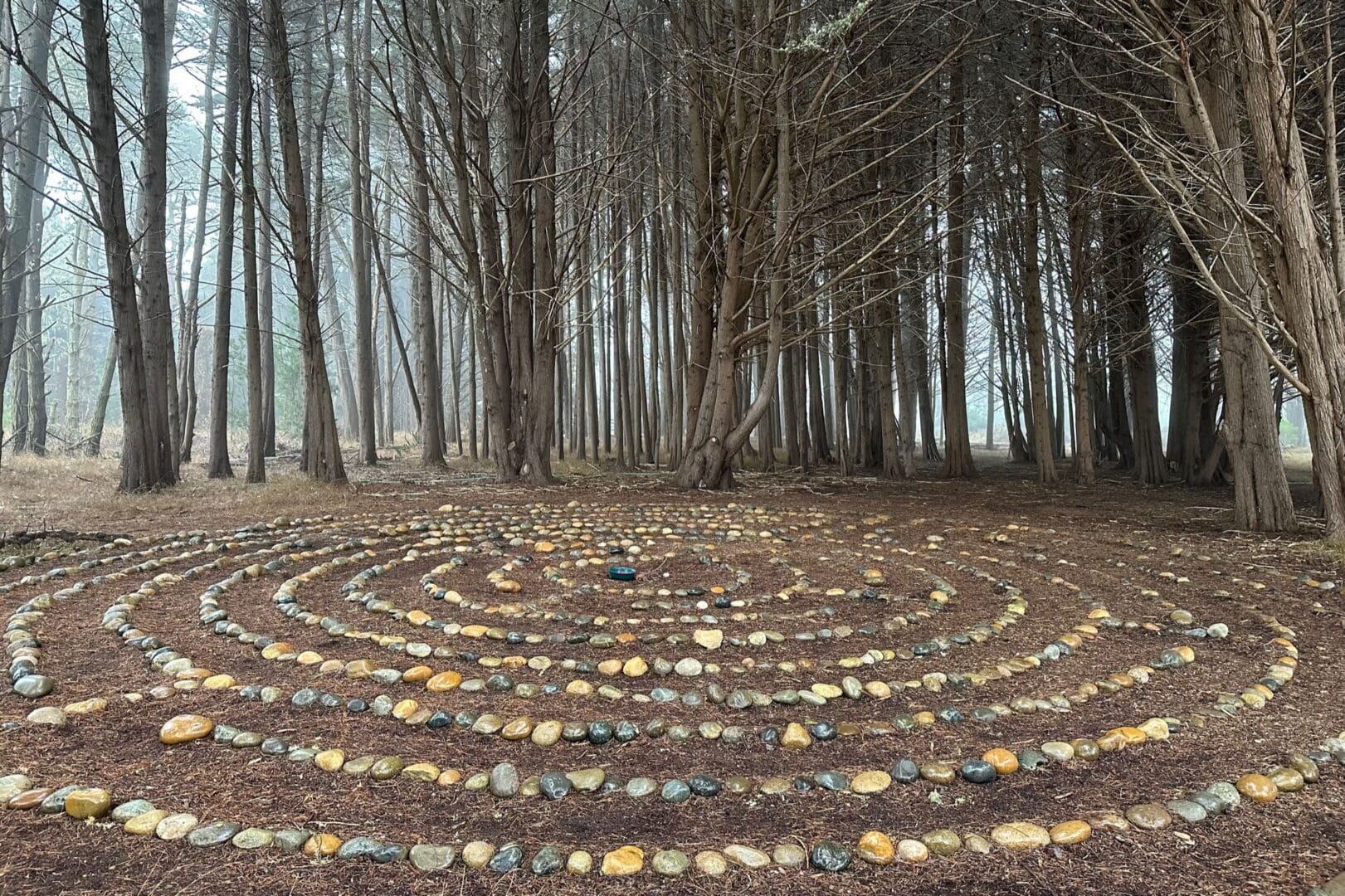“The room was crackling with interest—did you feel it?” my friend Jan Broek asked me. I did. The occasion was a New School conversation with physicist Tom Nash about the nature of the universe. I expected an audience of ten—but forty New School friends showed up. There is a hunger for physics and cosmology at The New School. Clearly we have to do more.
Tom and I have been friends for 50 years. He has had a distinguished career in experimental physics at Fermilab. He is now a member of the California Institute of Technology group that participates in the search for direct detection of gravitational waves (some of which may even come from incredibly soon after the big bang). We talked about Stephen Hawking’s book The Grand Design and decided to do a New School conversation about the issues it raises.
Our conversation moved back and forth between a physics tutorial and the cosmology questions Hawking raises. What the conversation lacked in structure, it more than made up for in the power and beauty of the substance.
Our understanding of the cosmos has undergone a profound shift in the last thirty years. There is continued hope among physicists that they will arrive at a unifying Theory of Everything that, as Tom says, you could write on a t-shirt. Most promising are the efforts to understand string theories and the apparently over-arching M-Theory. These appear to describe physics at the high temperatures (the high energy) of the big bang epoch.
But another dream is fading—the dream that the Theory of Everything would reduce the number of parameters that have to be entered by hand in the effective theories, known as the Standard Model, that apply in our world. The ultimate theory increasingly appears not to have the predictive power to even limit the number of space dimensions to three or restrict the symmetries to those known to apply to our everyday physics laws.
This dream of predictability has been replaced for many, including Hawking and Tom, by the sense that this ultimate theory will only predict our Universe as a probability of one among maybe 10 to the 500th (1 with 500 zeros!) possibilities. One can interpret this as a “multiverse” that may (or may not) generate a whole series of probabilistically defined universes. Or it may be just a quantum mechanics picture of the probability of one of the numerous possible histories (universes) being observed by a life form like us. In this view, our particular universe happens to be an incredibly rare one, as if it were designed with great exactitude to support life—an idea referred to as the “Anthropic Principle.”
Some physicists deeply dislike this new development. Einstein famously remarked, “God doesn’t play dice with the universe.” He was referring to his distaste for quantum mechanics because it makes only probabilistic predictions. He ended up on the losing side of an intense philosophical debate around 1930 about the meaning of quantum mechanics. Nowadays virtually all working physicists accept quantum mechanics and its probabilities. M-Theory is at heart a quantum theory of gravity and all the other forces.
What disturbs many theorists is the end of a dream that a Theory of Everything can set the parameters for our world. They see the Anthropic Principle as a cop-out. But Tom sees the present unhappiness of some of his theorist friends as déjà vu all over again, just the same argument about God playing with dice that was supposed to have been resolved in the 1930s. He has no problem with quantum mechanics taking over in a probabilistic way the aspect of the ultimate theory that determines the parameters, even the dimensionality, of our world.
New School friend Don Smith asked Tom whether the current theoretical confusion might not resolve into a new elegant simplicity, as has happened so often in the past. Tom replied that probabilistic quantum theories can have an elegant simplicity, as they do in the Standard Model of our world. He expects the Theory of Everything will also turn out that way. It is a fundamental and important question.
I won’t be aesthetically offended, as some physicists are, if it turns out that the current complex theory of the nature of the universe clarifies into some new simplicity, but still involves a roll of a cosmological dice. And I like the multiverse theory in some ways because it offers an explanation of many other dimensions of realities that we do not and perhaps cannot explain by the laws of the universe we can see and measure.
But I’ve spent four decades at the frontiers of healing, near death experiences, psi (parapsychology) research, and the great spiritual traditions. I am inclined to believe that some future science may bring us access to the meeting place of experimentally based physics and the power of thought and of love. I can see two ways (at least) of getting there. One way is the multiverse with its currently hidden alternative universes. The other is that it may turn out that there is only one universe after all. If that is true, we may need to explain the Anthropic Principle—the appearance that the universe was designed to support life. This is the place where evangelical Christians and others raise the question of Intelligent Design—which Hawking argues is not required because the quantum M-Theory, under the conditions that appear to apply at the formation of the universe, can explain the Anthropic Principle, postulating that there are so many possible universes that ours just turns out to support life with a roll of the cosmic dice.
That said, I have a secret sympathy for Intelligent Design. As Wikipedia defines it, this is the proposition that “certain features of the universe and of living things are best explained by an intelligent cause, not an undirected process such as natural selection.” I do not subscribe to the Christian “creationist” version of intelligent design, but rather to the possibility that that the universe may be in some real sense alive and, therefore, in some real sense intelligent.
The idea that the universe is alive has a long lineage. It raises the question of the definition of life. Is the universe alive if life spontaneously emerges on “Goldilocks” planets that have the conditions necessary to support life? Is the universe alive if, as the “panspermia” theory postulates, asteroids may carry “extremophile bacteria” from one Goldilocks planet to another? Is the universe alive if there are different forms of life in this universe or the other universes postulated by M-Theory? Or is the universe alive if the entire cosmos is self-regulating, in a cosmic version of the Gaia Hypothesis? I haven’t read Duane Elgin and Deepak Chopra’s book The Living Universe, but from the table of contents I suspect it makes an argument along these lines.
One common near death experience is a sense that the universe is built on a universal vibration of love. Experimental physics has nothing to say about this (yet). But experimental physics does agree that vibrations, constant oscillations in and out of visible existence from empty space, are real. And experimental astrophysics has measured that this dark energy accounts for about 75% of the universe we can observe. So far physics knows nothing about the actual source of this dark energy and why it is more than a hundred orders of magnitude smaller than called for by present calculations. Hawking suggests this is another manifestation of the Anthropic Principle: it is small so that the physicists can be around to do the calculations.
I believe our current models of physics are transitional and that future scientific revolutions lie ahead. Whether we live in a multiverse that contains unfathomable secrets, or whether there is “only” our single universe, I find both scenarios filled with wonder and glory. Whether there is one universe or many, whether the universe is alive or inert, whether life is an accident or part of a cosmic design – we are alive to stare into inner and outer space and ask ourselves these questions.




